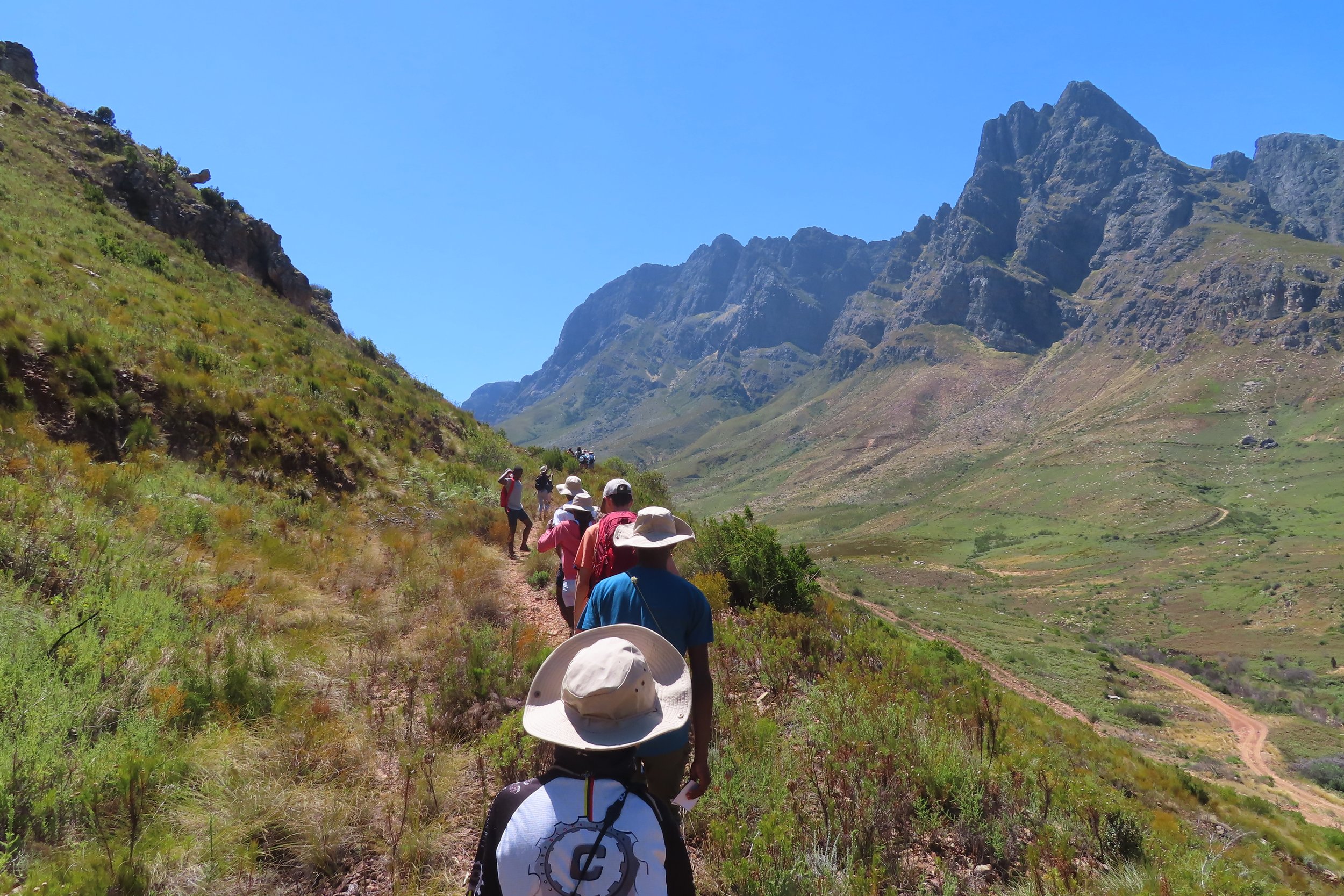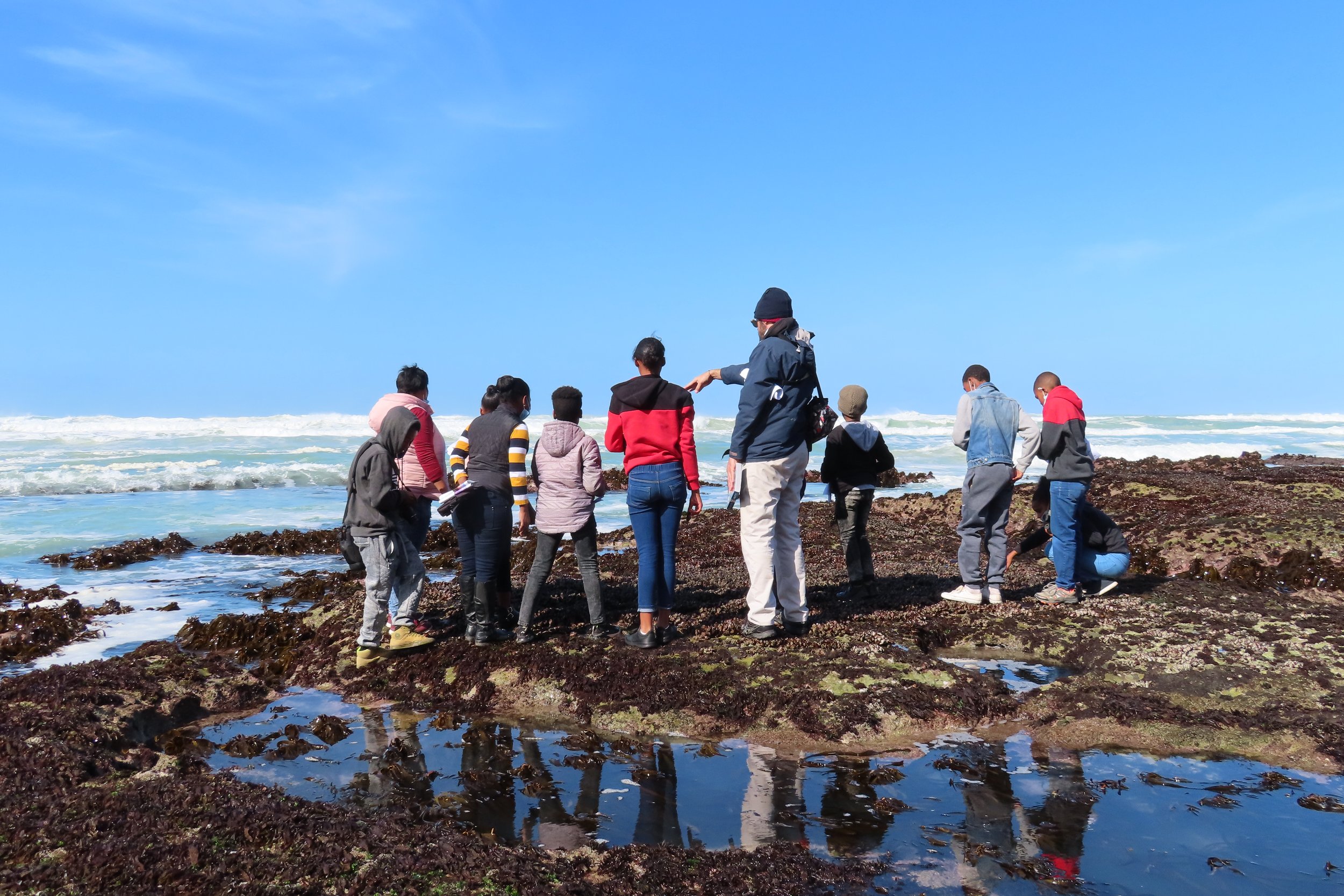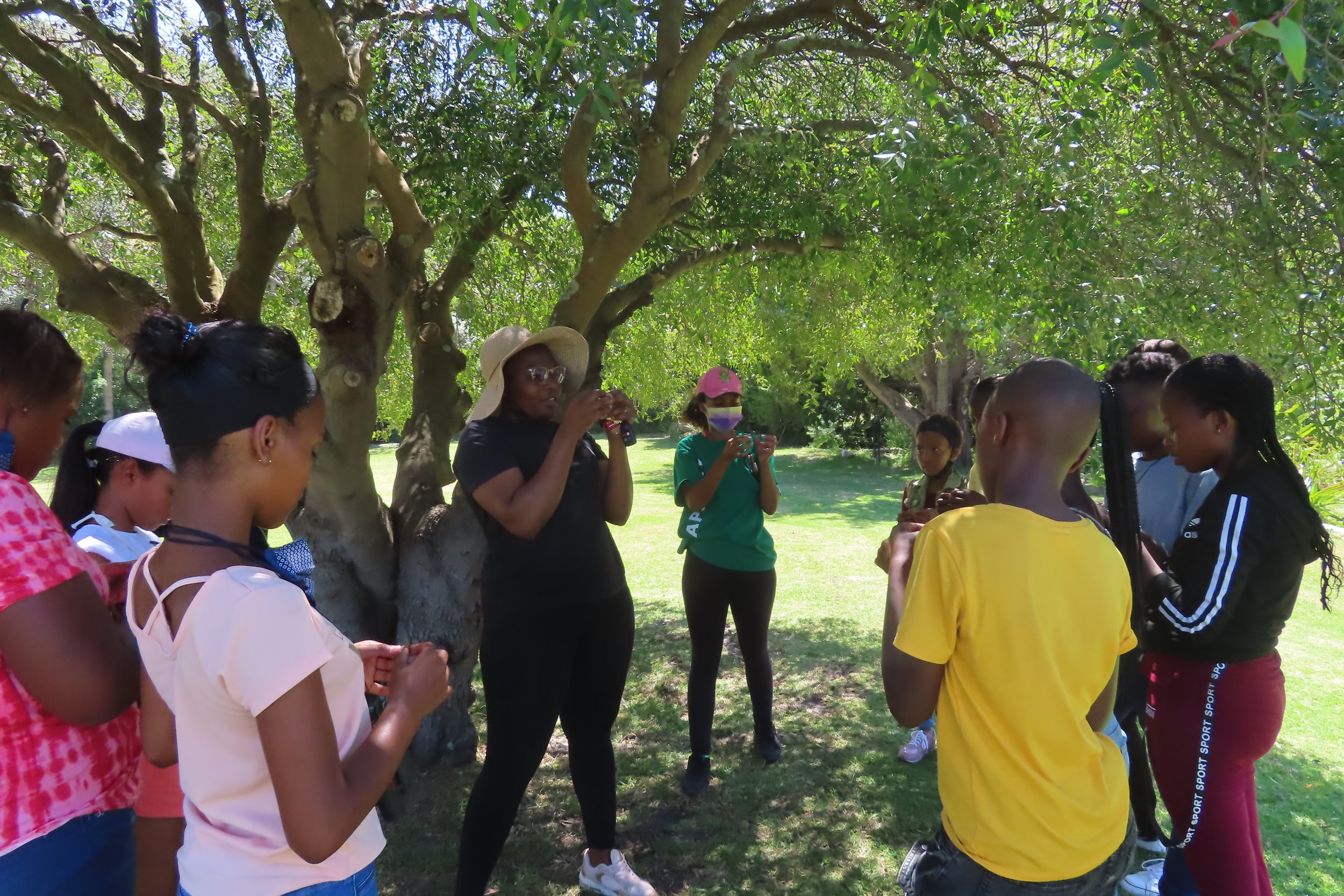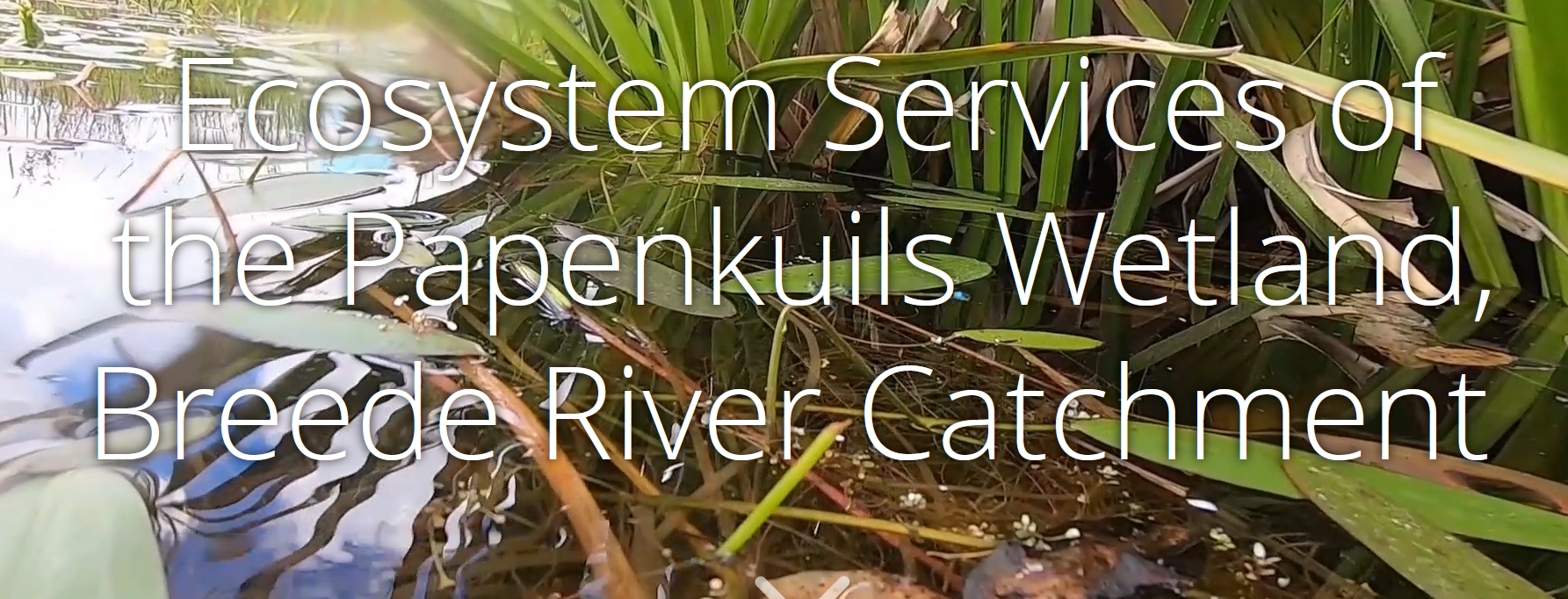The Source of Seven Rivers
Cape Winelands Biosphere Reserve (CWBR) is the source of seven major rivers, and of course many, many more, that flow through nature reserves, along or below highways, though cities, agricultural land, communities - from a source out to sea.
Rivers are the lifeblood of countries, play an irreplaceable role for biodiversity, and provide keystone ecosystem services for towns, agriculture, and industry. Rivers are also a place of heritage, a place for adventure, and a retreat for the avid bird or dragonfly watcher, among other things.
In celebrating World Water month and creating awareness of the importance of water – fresh in a river or salty as the ocean, we would like to share some of our projects and a network that Cape Winelands Biosphere Reserve is part of and learning from.
A Global Network
In 2021, Cape Winelands Biosphere Reserve became a member of the World Network of Island and Coastal Biosphere Reserves, in recognition of our development projects and involvement in research. Though the CWBR is an inland biosphere reserve, the area is known for being a source of seven rivers. An integral part of the CWBR development programme is to share knowledge about the importance of biodiversity and river health from source to sea.
Through building meaningful relationships and collaboration, the CWBR team has also facilitated excursions for youth to pristine rocky shores and sandy beaches such as De Hoop Nature Reserve, our neighbouring biosphere Kogelberg Biosphere Reserve, and assisted a Community Upliftment Project in Stormsriver, Tsitsikamma.
The CWBR team has contributed to two newsletters, introducing our biosphere reserve to the network, sharing our 2018 Guinness World Record painting La Source, and our new mobile educational space STEAM-Y.
Available to read here: 19th WNICBR Newsletter, 20th WNICBR Newsletter
La Source: Depicting the Berg River from source to sea - Recognized by Guinness World Book of Records in 2018 as the World’s largest painting done by a single artist, measuring 35.148 Sq meters ( 1.8 meters tall by 19.5 meters long). First unveiled in September 2018, at Haut Espoir in South Africa.
UNESCO Be Resilient Project
Cape Winelands Biosphere Reserve is part of a UNESCO Man and Biosphere Programme initiative: the Be Resilient Project (link). Biosphere Reserves are used as Observatories for Climate Change mitigation and adaption in South Africa. The CWBR team are bringing the Citizen Science component to the project in 2022, so watch this space!
Wetlands
Most rivers meander from source to sea, and are filtered by wetlands on the way, before flowing into the sea.
In October 2020, the CWBR team joined representatives of the Western Cape Government’s Department of Environmental Affairs and Development Planning (DEA&DP) who set out to explore what value Papenkuils Wetland provides to the Breede Valley Catchment. The findings have now been published online. Check out the Papenkuils Story Map for interactive videos, maps, beautiful photographs of the fauna and flora discovered, and the CWBR drone footage that contributed to the research.
Catchment Area Restoration
In 2019, the CWBR was nominated by the African Climate and Development Initiative, to be a site of research. The CWBR team worked closely with the SEBEI (Socio-Economic Benefits of Ecological Infrastructure) post-doctorate team and assisted with the use of drone technology to contribute to the research undertaken in the Berg Catchment Area – the core of Cape Winelands Biosphere Reserve.
Article. The Conversation: Clearing alien trees can help reduce climate change impact on Cape Town’s water supply. Published: March 14, 2022
Delving more into the research done - ScienceDirect: Mapping invasive alien trees in water towers: A combined approach using satellite data fusion, drone technology and expert engagement By Petra B. Holden , Alanna J. Rebelo, Mark G. New.
Moses Africa Kids Empowerment Youth Programme (MAKE)
In the early days of the Cape Winelands Biosphere Reserve, the CWBR team assisted the implementation of an afterschool Canoe Club for the Paarl community. Travelling from source to sea, the youth part-take regularly in local and regional competitions. The initiative still going strong in Paarl, now run by one of the first youth participants.
When near a river or by the sea, why not dip your toes in the water and reflect on the importance water has for our biodiversity, livelihood, and life. 2012 article in archives: CWBR supports the Paarl Canoe Development Team
The Berg River - Berg Catchment Area







